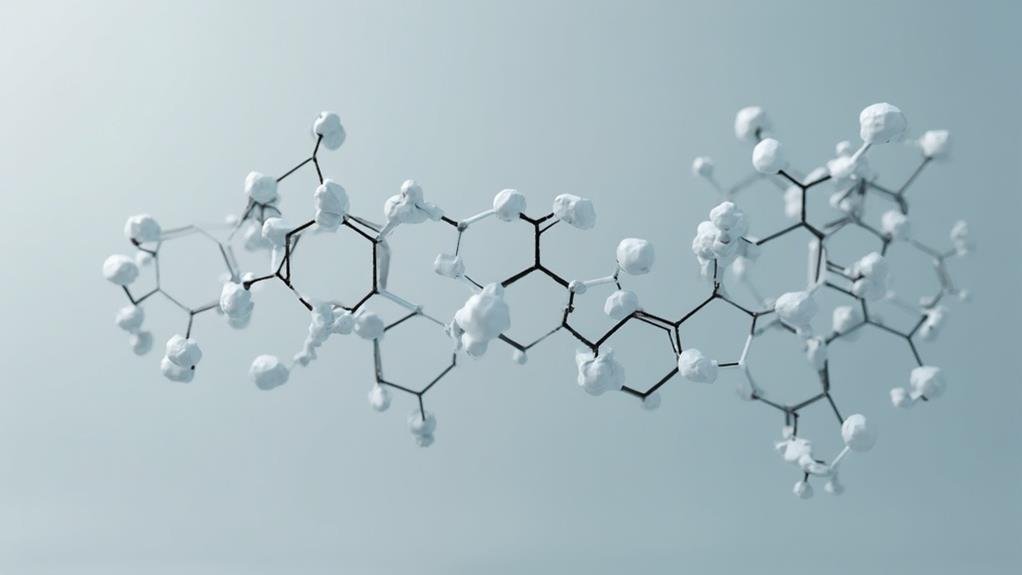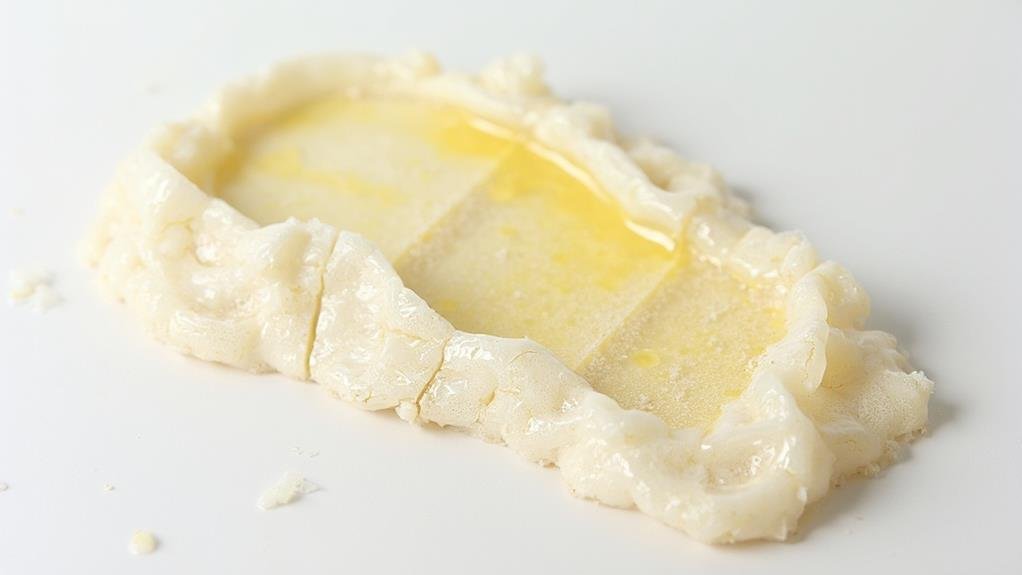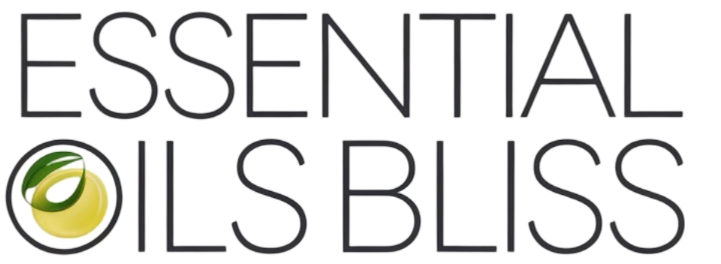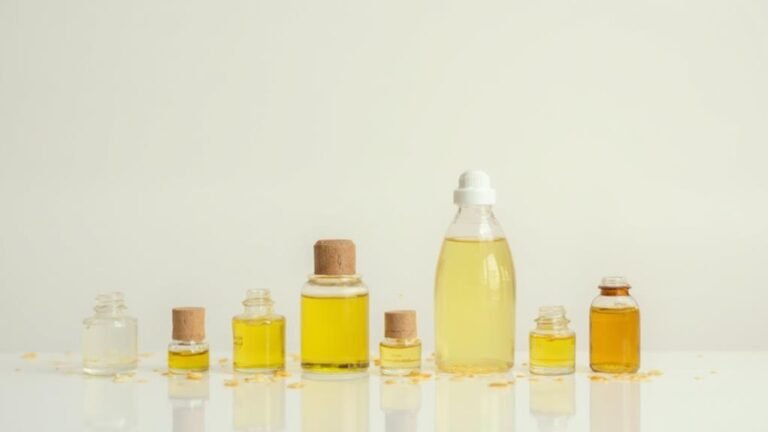Does Oil Break Down Silicone?
Yes, certain types of oil can break down silicone over time. This is due to chemical interactions between the oil and the silicone polymer structure.
The extent of the damage depends on the type of oil, the silicone’s composition, and environmental factors like temperature.
Understanding Silicone Composition

Silicone is a synthetic polymer made up of a backbone of alternating silicon and oxygen atoms, with organic groups attached to the silicon atoms.
This unique structure gives silicone its flexibility, durability, and heat resistance.
Key components of silicone:
- Silicon-oxygen backbone: Provides strength and stability.
- Organic groups (typically methyl or ethyl): Influence the silicone’s physical and chemical properties, such as its viscosity and how it reacts with other substances.
Types of Oil That Damage Silicone
Not all oils are equally harmful to silicone. Here are the types of oil that can cause damage:
- Petroleum-based Oils: These include gasoline, diesel, motor oil, and other fuels. The hydrocarbon compounds in these oils can break down silicone’s polymer chains, leading to degradation and weakening of the material.
- Organic Oils with High Acidic Content: Some vegetable and animal-derived oils with high acidity can gradually degrade silicone over time. Examples include:
- Cooking oils like olive oil and canola oil.
- Some essential oils, particularly citrus oils like lemon and orange oil.
- Mineral Oils with High Aromatic Content: These oils can penetrate the silicone matrix, causing swelling and eventual breakdown of the material’s structure.
Effects of Oil on Silicone

When oil interacts with silicone, it can cause several changes in the material’s properties:
- Decreased flexibility: The silicone becomes more rigid and less able to bend or stretch.
- Increased brittleness: The material becomes more prone to cracking or breaking.
- Swelling: Oil absorption can cause the silicone to expand, altering its shape and dimensions.
- Loss of tensile strength: The silicone’s ability to resist stretching and tearing is reduced.
- Chemical degradation: The oil breaks down the silicone’s molecular structure over time, leading to its deterioration.
Factors Affecting Silicone Breakdown
Several factors influence the rate and extent of silicone degradation when exposed to oil:
- Temperature: Higher temperatures accelerate the breakdown process by increasing molecular interactions between the silicone and the oil. This is why silicone products often degrade faster in hot environments.
- Oil Type: Different oils have varying effects on silicone. Some oils are more aggressive and cause faster degradation, while others may have minimal impact.
- Silicone Composition: The specific formulation of the silicone, including its molecular weight and cross-linking density, affects its resistance to oil damage. Some silicone types are engineered to be more oil-resistant than others.
Maintaining Silicone Product Integrity
To preserve the integrity of silicone products that may be exposed to oil, consider the following strategies:
- Choose oil-resistant silicone formulations when possible: Look for silicone products specifically designed for oil resistance.
- Implement regular cleaning and maintenance routines: Clean silicone items regularly to remove any oil residue.
- Control environmental factors: Avoid exposing silicone to high temperatures or prolonged contact with oil.
- Use protective coatings or barriers: If possible, create a barrier between the silicone and the oil.
- Replace silicone components before they reach critical levels of degradation: Monitor silicone items for signs of wear and tear and replace them as needed.
Cleaning Oil from Silicone Surfaces
When oil contamination occurs, proper cleaning is essential to prevent further damage:
- Blot excess oil with a clean, lint-free cloth.
- Apply a mild detergent solution and gently scrub with a soft brush.
- Rinse thoroughly with clean water.
- Dry completely before use.
For stubborn oil stains, isopropyl alcohol or specialized silicone cleaners may be used, but always test on a small area first to ensure compatibility.
Conclusion
Understanding the interaction between oil and silicone is crucial for maintaining the integrity and longevity of silicone products.
By choosing appropriate silicone types, implementing preventive measures, and following proper cleaning procedures, the negative effects of oil exposure can be minimized, ensuring optimal performance and lifespan of silicone components.






